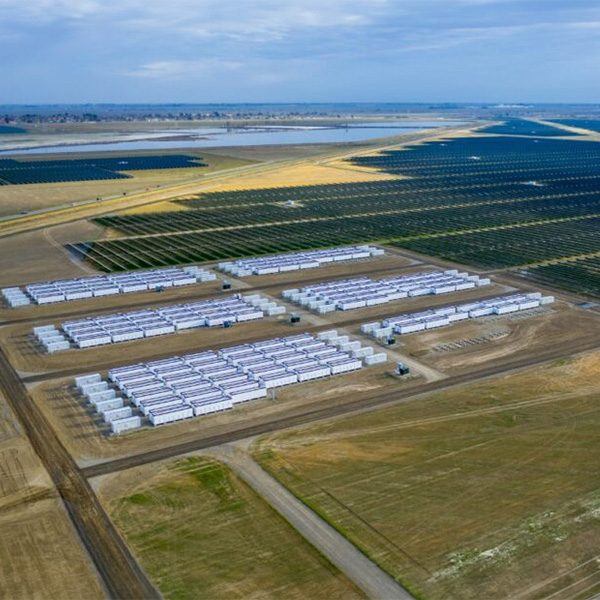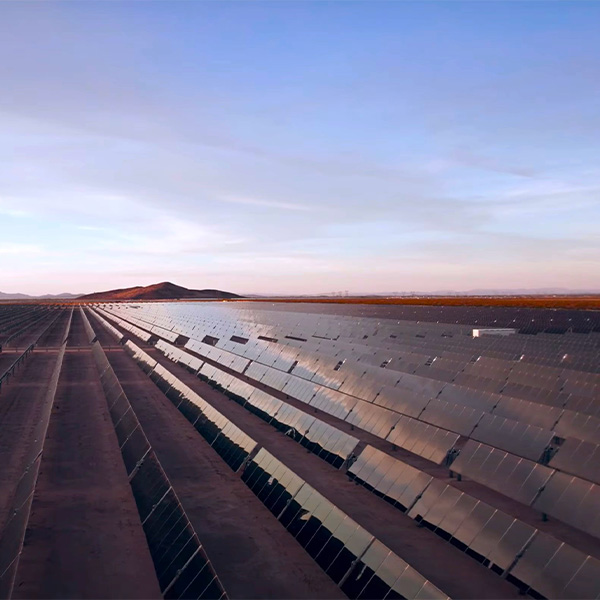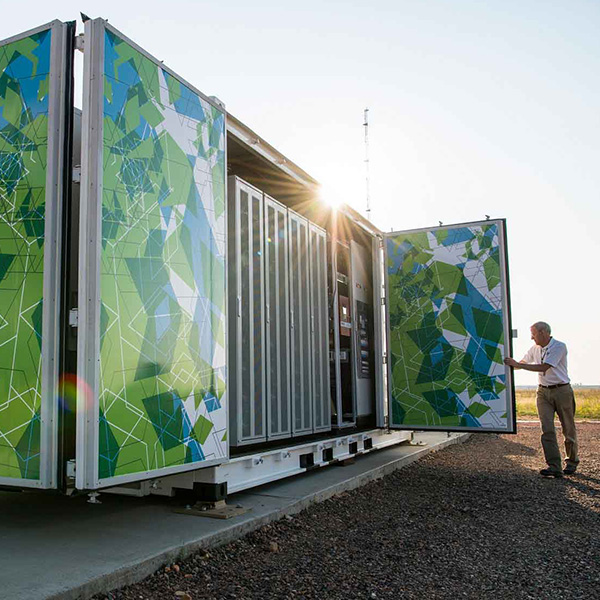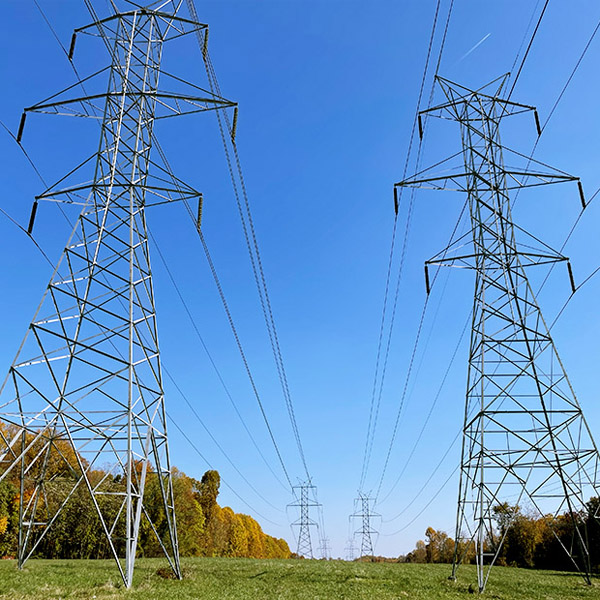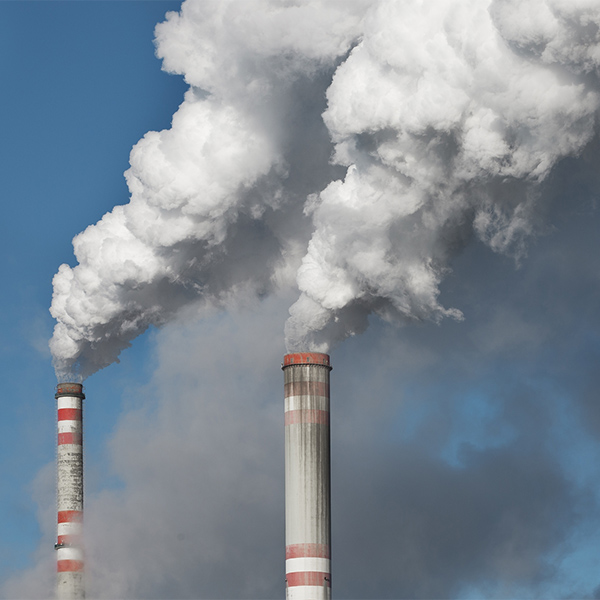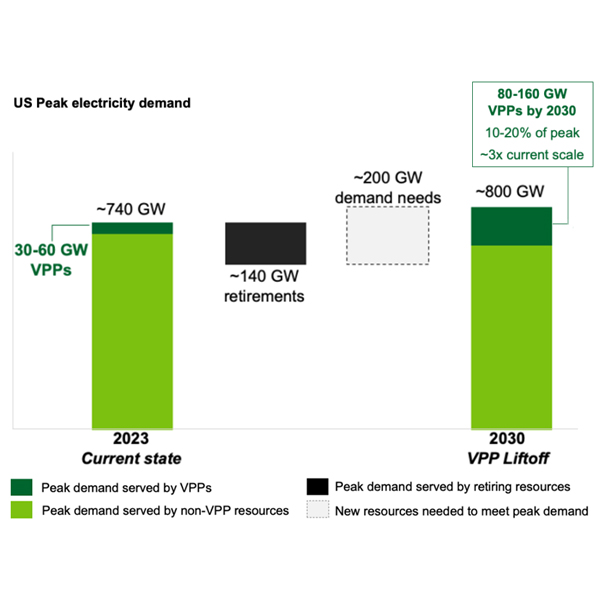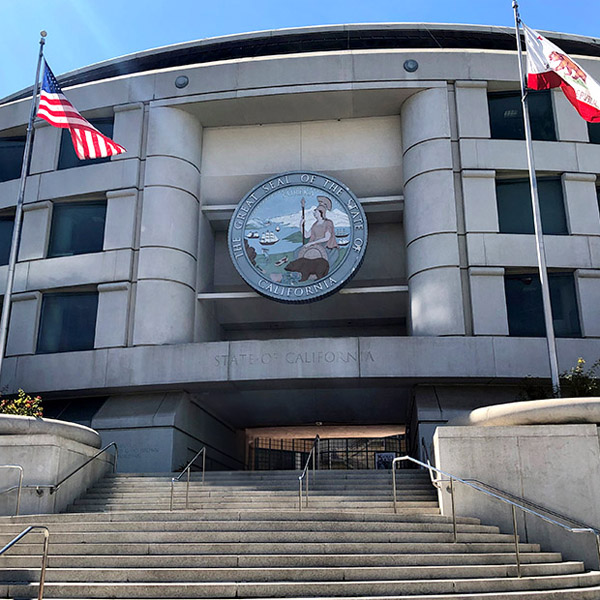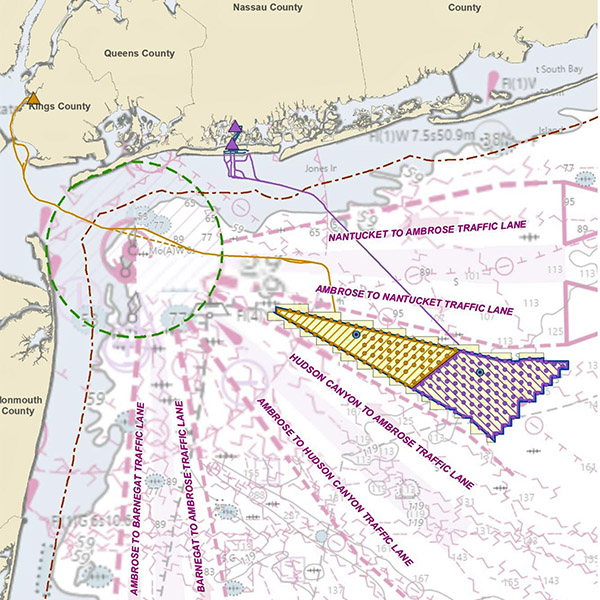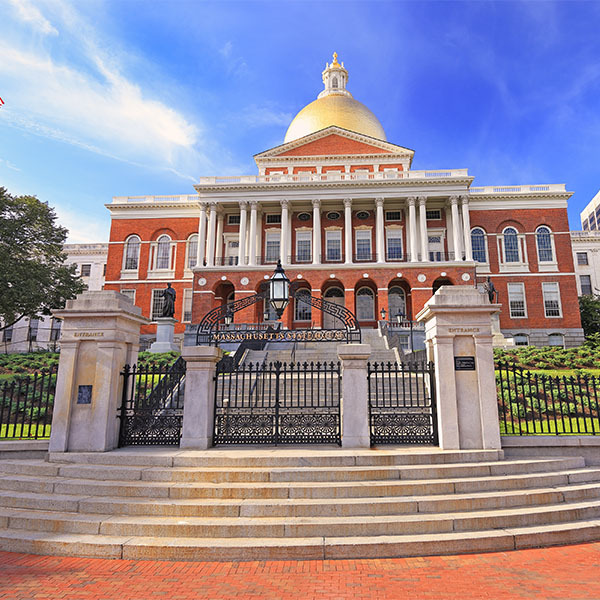NetZero Insider
Agriculture & Land UseBuilding DecarbonizationCookingEnergy EfficiencySpace HeatingWater HeatingCommentary & Special ReportsConference coverageCompany NewsEquity & EconomicsEmployment & Economic ImpactEnvironmental & Social JusticeFederal PolicyCongressDepartment of EnergyLoan Programs Office (LPO)Department of TransportationEnvironmental Protection AgencyFederal Energy Regulatory CommissionGeneral Services Administration (GSA)Interior DepartmentBureau of Land ManagementBureau of Ocean Energy ManagementNuclear Regulatory CommissionTreasury DepartmentWhite HouseGeneration & FuelsBioenergyFossil FuelsCoalNatural GasGeothermalHydrogenNuclearSMRRenewable PowerCommunity solarHydropowerOffshore Wind PowerOnshore Wind PowerSolar PowerRooftop solarUtility scale solarImpact & AdaptationIndustrial DecarbonizationState and Local PolicyAlabamaArizonaCaliforniaCA LegislationCalifornia Air Resources Board (CARB)California Energy Commission (CEC)California Public Utilities Commission (CPUC)ColoradoConnecticutDelawareDistrict of ColumbiaFloridaGeorgiaHawaiiIdahoIllinoisIndianaLouisianaMaineMarylandMassachusettsMichiganMississippiMissouriMontanaNevadaNew HampshireNew JerseyNew MexicoNew YorkNYSERDAPublic Service CommissionNorth CarolinaOhioOregonPennsylvaniaRhode IslandSouth CarolinaTennesseeTexasUtahVermontVirginiaWashingtonWest VirginiaWisconsinWyomingTechnologyCarbon CaptureTransmission & DistributionEnergy StorageMicrogridsTransportation DecarbonizationAirplane DecarbonizationEV chargersHeavy-duty vehiclesBattery Electric Buses (BEB)Fuel Cell Electric Buses (FCEB)Light-duty vehiclesBattery Electric VehiclesFuel Cell VehiclesPlug-in hybrid electric vehiclesShip electrificationClean Ports
Hybrid power plants, especially projects combining solar and storage, represent a growing amount of new generation online and in interconnection queues across the U.S., signaling a shift in how renewable power can be integrated into electric power markets, according to a new report from the Lawrence Berkeley National Laboratory.
FERC will work with federally recognized tribes on whether it needs to issue a new rulemaking to address the issues they have interconnecting renewable resources to the grid.
Massachusetts has some of the strongest incentives for storage resources in the country, but its storage programs are lagging in their focus on equity and environmental justice, according to a report.
The effort seeks to increase public participation in grid planning and provide technical assistance for planners to help them incorporate energy equity into their processes.
ERCOT, MISO, PJM and SPP filed a joint brief in the appeal of EPA’s power plant rule seeking more flexibility on compliance, arguing it is needed to ensure reliability.
Virtual power plants could provide the same dispatchability and reliability as traditional centralized power plants, allowing customers to cut energy bills and emissions.
The California PUC approved rules requiring the state’s three large investor-owned utilities to meet stricter timelines and targets for connecting electricity customers to the grid.
The U.S. Bureau of Ocean Energy Management announced it will conduct an offshore wind energy lease sale for eight areas on the Outer Continental Shelf that would require floating turbines.
An offshore wind proposal that was placed on hiatus amid the industry’s recent financial turmoil is taking a further detour, halting its attempt to bring an export cable onshore in New York.
Following the failure of the Massachusetts House and Senate to reach common ground on a climate bill this summer, Gov. Maura Healey (D) has proposed to include clean energy permitting and procurement provisions in a supplemental budget bill.
Want more? Advanced Search
